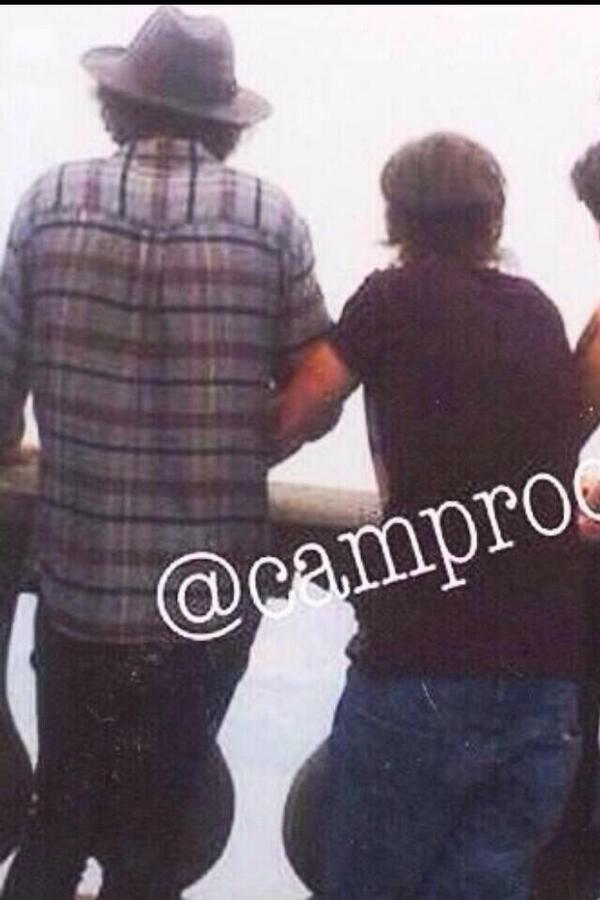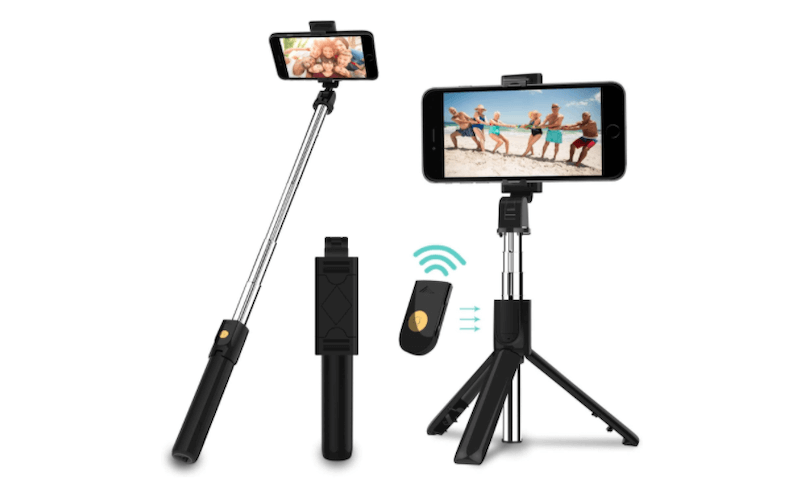
Selfies are usually casual, improvised, fast their primary purpose is to be seen here, now, by other people, most of them unknown, in social networks. Recall, however, the skewed look of the early cell-phone snap.) If both your hands are in the picture and it’s not a mirror shot, technically, it’s not a selfie-it’s a portrait. (Over time, this distortion has become less noticeable. The wide-angle lens on most cell-phone cameras exaggerates the depth of noses and chins, and the arm holding the camera often looks huge. Bad camera angles predominate, as the subject is nearly always off-center. There is the near-constant visual presence of one of the photographer’s arms, typically the one holding the camera. For this reason the cropping and composition of selfies are very different from those of all preceding self-portraiture. Excluding those taken in mirrors-a distinct subset of this universe-selfies are nearly always taken from within an arm’s length of the subject. Guys flexing muscles, girls making pouty lips (“duckface”), people mugging in bars or throwing gang signs or posing with monuments or someone famous. Let’s stipulate that most selfies are silly, typical, boring. It’s possible that the selfie is the most prevalent popular genre ever. These pictures were not usually disseminated to strangers and were never made in such numbers by so many people. When made by amateurs, traditional photographic self-portraiture didn’t become a distinct thing, didn’t have a codified look or transform into social dialogue and conversation. This new genre isn’t dominated by artists. Setting aside the formal dissimilarities between these two forms-of framing, of technique-traditional photographic self-portraiture is far less spontaneous and casual than a selfie is. These are not like the self-portraits we are used to. Style is the endless variation within genre.) (Genres are distinct from styles, which come and go: There are Expressionist portraits, Cubist portraits, Impressionist portraits, Norman Rockwell portraits. (They overlap, too: A portrait might be in a seascape.) A genre possesses its own formal logic, with tropes and structural wisdom, and lasts a long time, until all the problems it was invented to address have been fully addressed. So is still-life, landscape, animal painting, history painting.

Selfies have their own structural autonomy.


It’s become a new visual genre-a type of self-portraiture formally distinct from all others in history. Selfies have changed aspects of social interaction, body language, self-awareness, privacy, and humor, altering temporality, irony, and public behavior. A fast self-portrait, made with a smartphone’s camera and immediately distributed and inscribed into a network, is an instant visual communication of where we are, what we’re doing, who we think we are, and who we think is watching. The first selfie? Parmigianino’s Self-Portrait in a Convex Mirror, 1523–24.


 0 kommentar(er)
0 kommentar(er)
